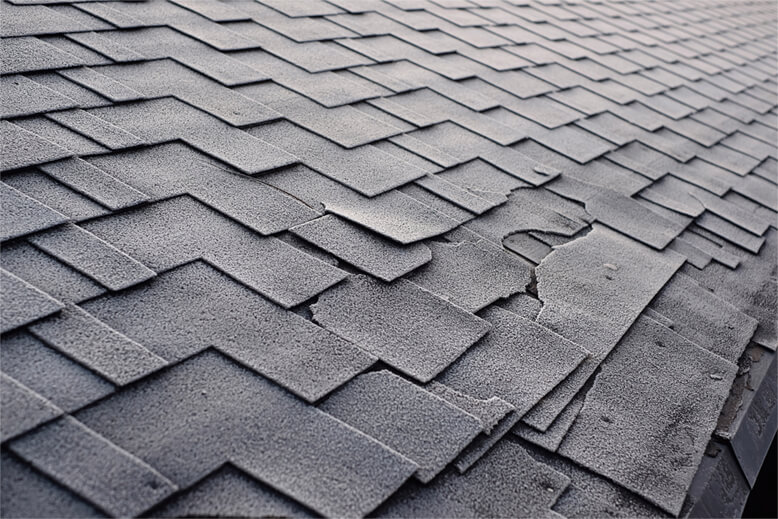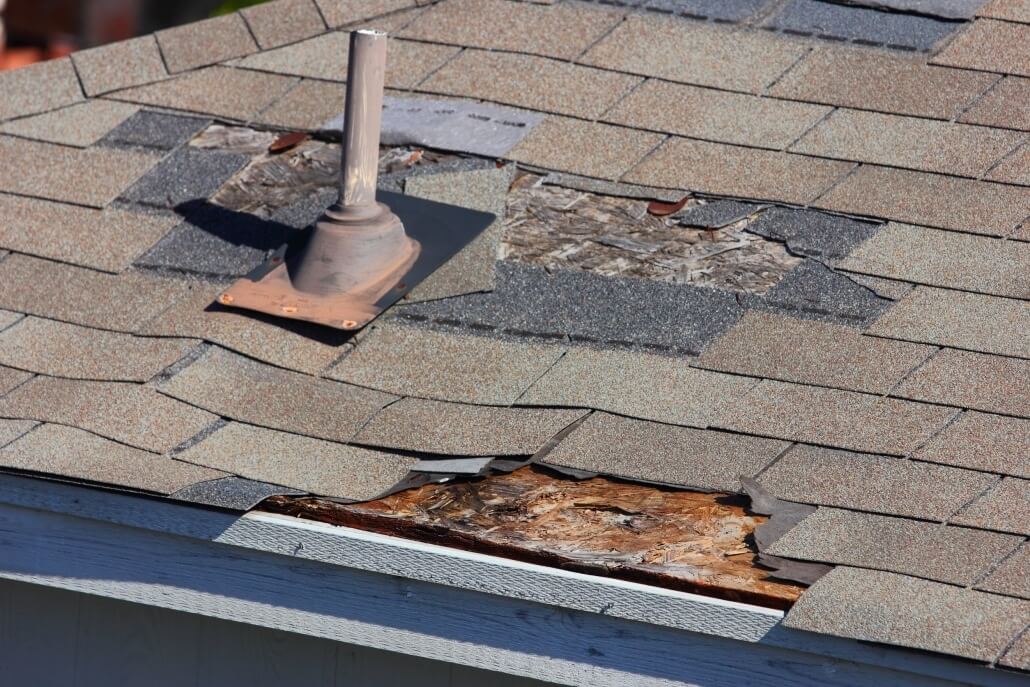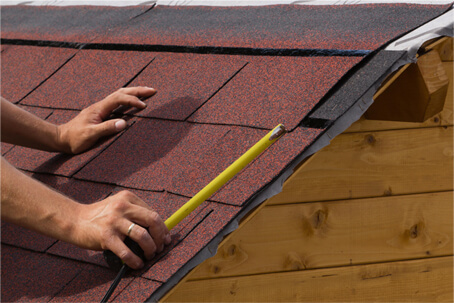
Putting a new roof on your home can be costly. Many homeowners try to save themselves money by placing new shingles over the old ones. While that may seem like a good idea, there are several valid reasons for not doing it. Deciding to put shingles on top of shingles can be a very costly mistake in the long run. The following reasons will give you a little insight into why you should always strip off your old shingles first.
Higher Risk of Leaks
If you put shingles on top of shingles, it’s like putting a band-aid over a band-aid. Your shingles are in place to protect your home from the elements. Once they have been in place for several years, they begin to show wear and tear signs. They may also be damaged from falling debris, high winds, or tree limbs that may be touching their surface. Putting shingles on top of shingles doesn’t repair those old problems. It just covers them up. If there are any gaps between the two sets of shingles, moisture can become trapped, resulting in a higher risk of leaks.
If you put shingles on top of shingles, it’s like putting a band-aid over a band-aid. Your shingles are in place to protect your home from the elements.

Too Much Weight
Asphalt shingles are extremely heavy. If you put shingles on top of shingles, you can compromise the integrity of your roof by adding too much weight. While setting new shingles over existing ones is the easy option, it can be quite costly later. Not only will the weight damage the old shingles, but it can also damage your roof structurally. In some cases, a roof may already have multiple layers of shingles on it. The more layers there are, the harder it will be to remove them when you choose to put a new roof on the right way.
Uneven Surface
Attempting to put shingles on top of shingles will produce an uneven surface, making it almost impossible for the roof to be sealed properly. A rough surface means gaps or spaces that may accumulate moisture. Over time, this can cause the shingles below to rot away and deteriorate the roofing materials underneath. An uneven surface is also quite visible, making it look like your roof may be damaged or poorly constructed.
Tampers With Your Warranty
One of the most significant disadvantages of putting new shingles over your old ones is that it can effectively void your warranty. For the warranty to be executed appropriately, roofers must affix the new shingles to your roof in an appropriate way. This means shingles need to be applied directly to the roof itself and not placed on additional shingles layers. Placing new shingles over the old ones does not allow them to perform the way they are supposed to. If you put new shingles over one or more layers of old shingles and your roof is eventually damaged, your warranty may not cover the cost of your repairs.

Poor Inspection Quality
When you put shingles on top of shingles, you limit what is visible during a roof inspection. The roof that the inspector can see may look fine. The problem is that the layers of roofing materials underneath may be compromised, causing damage that is not readily visible. For a proper roof inspection to be completed, the inspector must verify the integrity and construction of the roof.
If you plan on putting a new roof on your home, it’s crucial that you do it the right way. Avoid the urge to put shingles on top of shingles. Putting shingles on the right way will ensure the integrity of the work and keep your warranty intact. It will also prevent costly repairs from creeping up on you. Take the time to tear off the old shingles so that your new ones have a solid foundation underneath them.
